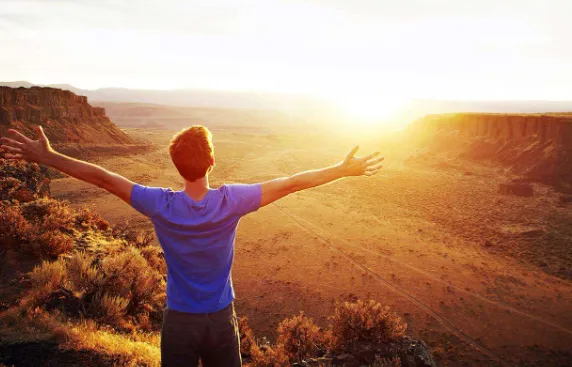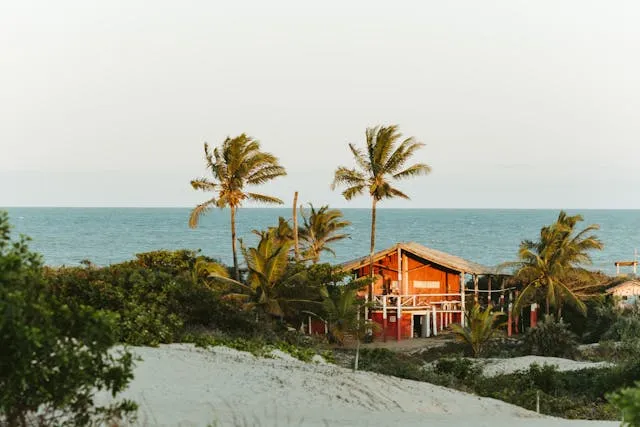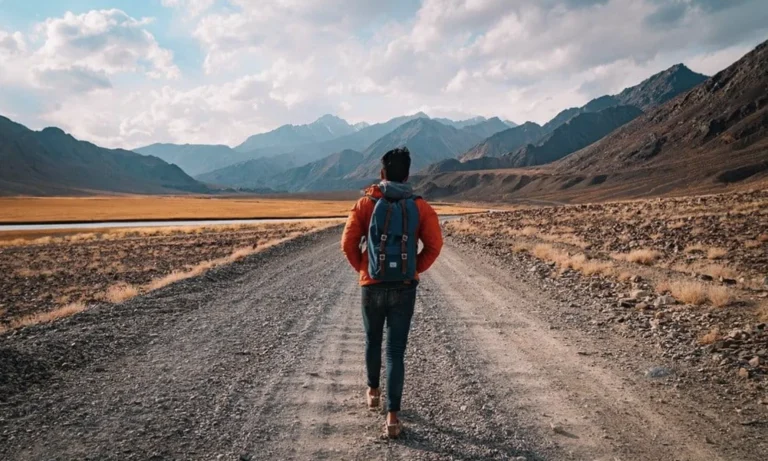The Mountain That Teaches Stewardship: Lessons in Sustainability from the Roof of Africa

The decision to climb Kilimanjaro is not simply an act of adventure; it is an act of accountability. Rising above Tanzania’s plains, Kilimanjaro is both monument and mirror — a living textbook on the consequences of care and the cost of neglect. Every step upon its slopes invites reflection on what we take, what we leave, and what we owe to the world that sustains us.
A Fragile Giant
Kilimanjaro’s glaciers, once vast and untouchable, have receded dramatically over the past century. Scientists estimate that within decades, these ice crowns may vanish completely. Yet this is not just a local tragedy; it is a planetary parable. The mountain records our moral climate as much as our atmospheric one. Each meltwater channel, each thinning ridge of ice, is a reminder that beauty cannot survive indifference.
To climb here is to witness a living archive of change. The trek is no longer only about reaching Uhuru Peak — it is about understanding the responsibility that altitude reveals.
Footsteps and Footprints
Every climber leaves a mark. The challenge is to make that mark light. Responsible trekking means more than carrying one’s own waste; it means carrying awareness. Certified eco-teams ensure that trails are clean, camps are contained, and ecosystems recover after every season.
Kilimanjaro’s conservation code is simple: take nothing that cannot be replaced, and leave nothing that cannot renew. The lesson extends far beyond the mountain — to offices, households, and industries that must also learn how to ascend without depletion.
Balance in the Biosphere
Altitude enforces equilibrium. As the body adjusts to thinner air, it learns humility; as ecosystems thin under stress, they ask for balance. The same principle governs both: input and output must harmonise.
Sustainability is not a slogan but a science of limits. The climber who pushes too fast risks collapse; the civilisation that consumes too freely does the same. Kilimanjaro teaches that endurance depends on moderation, and progress without proportion becomes peril.
Communities of Custodians
At the mountain’s base live the Chagga and Maasai communities — stewards who have coexisted with this giant for generations. Their livelihoods depend on its forests and streams, yet their respect keeps those resources alive.
Modern expeditions now employ local guides and porters directly, ensuring fair wages and reinvestment in conservation. Ethical travel is not charity; it is reciprocity — a circle in which every benefit returns to the source that made it possible.
The Silence of the Summit
At Uhuru Peak, there are no engines, no advertisements, no artificial sounds — only wind, light, and consequence. Climbers describe a silence that feels sentient, as if the Earth itself pauses to evaluate. The view stretches across five climate zones, each a reminder of how intricately everything connects.
This silence speaks: sustainability is not separation from nature but reunion with it. To hear it clearly, one must first climb above distraction.
Descent as Duty
Coming down is not an ending but an assignment. Those who have stood in that high stillness return with a new standard for stewardship. The mountain does not need admiration; it needs allies. Every future decision — how we travel, what we consume, what we conserve — becomes a continuation of the climb.
Kilimanjaro changes its students not through spectacle but through sobriety. The real summit is a vow: to live lightly, act locally, and think in altitudes.
The Moral Altitude
Sustainability is not a trend; it is a temperament — the quiet conviction that care is stronger than conquest. Kilimanjaro stands as proof that endurance and ethics are the same discipline measured in different climates.






